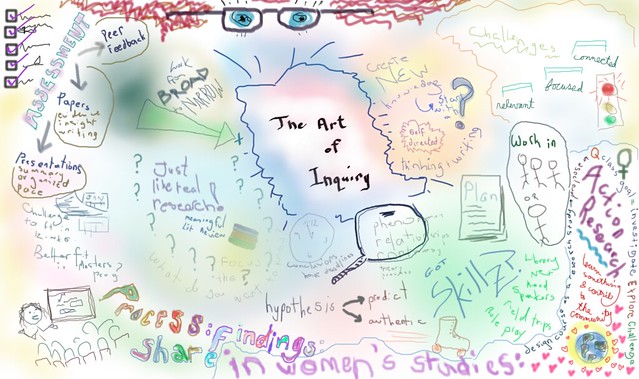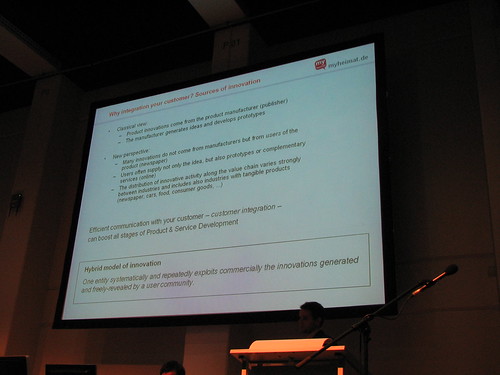We need no martyrs here.
It’s easy, in the conversation about education, to point to the martyrs. The system is set up to invite martyrdom.
“Do more with less,” say states, districts, and principals say (outright or otherwise), “Teach these students with books from two decades ago, no classroom supplies and a drive toward academic standards but a neglect of standards of humanity.”
Structurally, teaching looks like it should be a breeding ground for martyrs.
As contracts around the country are calling for extended days without additional pay, value-added models are include values not directly in teachers’ control, and communities are asking schools to do much more than imprinting the three Rs, it is little wonder martyrdom is a main activity of a teacher’s prep period.
The teaching load is getting heavier, class sizes are expanding, and the mission is more complicated.
Teachers have every reason to complain about pay, workload, the demands of the job.
But there’s a difference between complaining and protesting and martyring ourselves. The most important difference? We don’t need another martyr. Teaching doesn’t need another person who steps away from education and says, “I gave everything I had to that school and those kids, and I just can’t do it anymore.”
We’ve had enough of those.
We also don’t need another story of “Nice White Lady” syndrome where the fresh-faced teacher walks into the class of marginalized students. She’s determined to make a difference no matter the odds or cost to her personal life.
Teaching isn’t an all or nothing proposition, and we are building an unsustainable system each time we perpetuate the idea that it is.
You are not saving students. You are not the savior of students. You are not the one they have been waiting for. No prophesy has fortold your coming. You are a person of passion and training who is working to help other people learn. That is good, and it should be enough.
The first step to moving away from a martyr mindset in education – you’re not the only one.
If you weren’t in your classroom, someone else would be. They wouldn’t approach things they same way you do. They wouldn’t have the same inside jokes with students, and they wouldn’t challenge authority with the same vigor, to be sure. Still, someone would be in there, and their time is just as valuable as yours. If you think you are God’s gift to teaching, you haven’t been teaching long enough.
Also, if it costs you everything, it’s costing you too much.
If the second largest drain on your paycheck is supplies for your students, if your personal relationships outside of school are suffering because you can’t talk about anything other than your students, if you have to get a second job to support your teaching, then you’re doing it wrong.
Teachers deserve a fair wage. They should be able to teach and support themselves without fear of worrying whether they’re going to make the rent. To accept anything less as a teacher is to contribute to the deprofessionalization of the practice. Accepting a position teaching for anything less than a living wage hurts us all. It makes teaching seem expendable, it discounts the investments we’ve made in our own learning, and it tells schools we’re willing to settle. We aren’t. If a school or district isn’t willing to pay what you need, go somewhere else (and know that somewhere else might be many miles away).
Third, you’re not saving the children.
You are helping. You are the shoulder on which to cry. You are the one who connects your students with the resources they desperately need. You will not be the one who “saves” them.
To suggest as much ignores the first point above and it robs students of their resiliency and agency. It assumes your world is better or worth more than their own. It assumes a lot, and ignores many important questions. Millions of students who have survived horrible existences have made it through without you. You can help, but they are not waiting for you.
This doesn’t mean you’re not making an impact or providing help when it is needed. It only to say you are not the savior of students, no matter what you were told when you were hired or how much you’re sure your students love you. They might, and you were probably hired because you were highly qualified, but you are not and will never be the savior of your students.
To think otherwise is to pin a deficit on your students and take a load on your shoulders that are both unfair and uncalled for.
Teaching is an amazing profession. It affords adults a window into and a hand in the construction of discovery and learning like few other professions. It is a noble and necessary profession that requires the most caring, prepared, intellectual people it can find. It is not, nor should it ever be, a place for martyrs or those looking to carry a cross.
Anyone who stands in a classroom (of whatever sort) is to be honored by the surrounding community. This person deserves respect, a fair wage, and access to the resources necessary to making our schools temples of discovery and learning. Those temples, though, must not require anyone to bear a cross.
Like this:
Like Loading...

